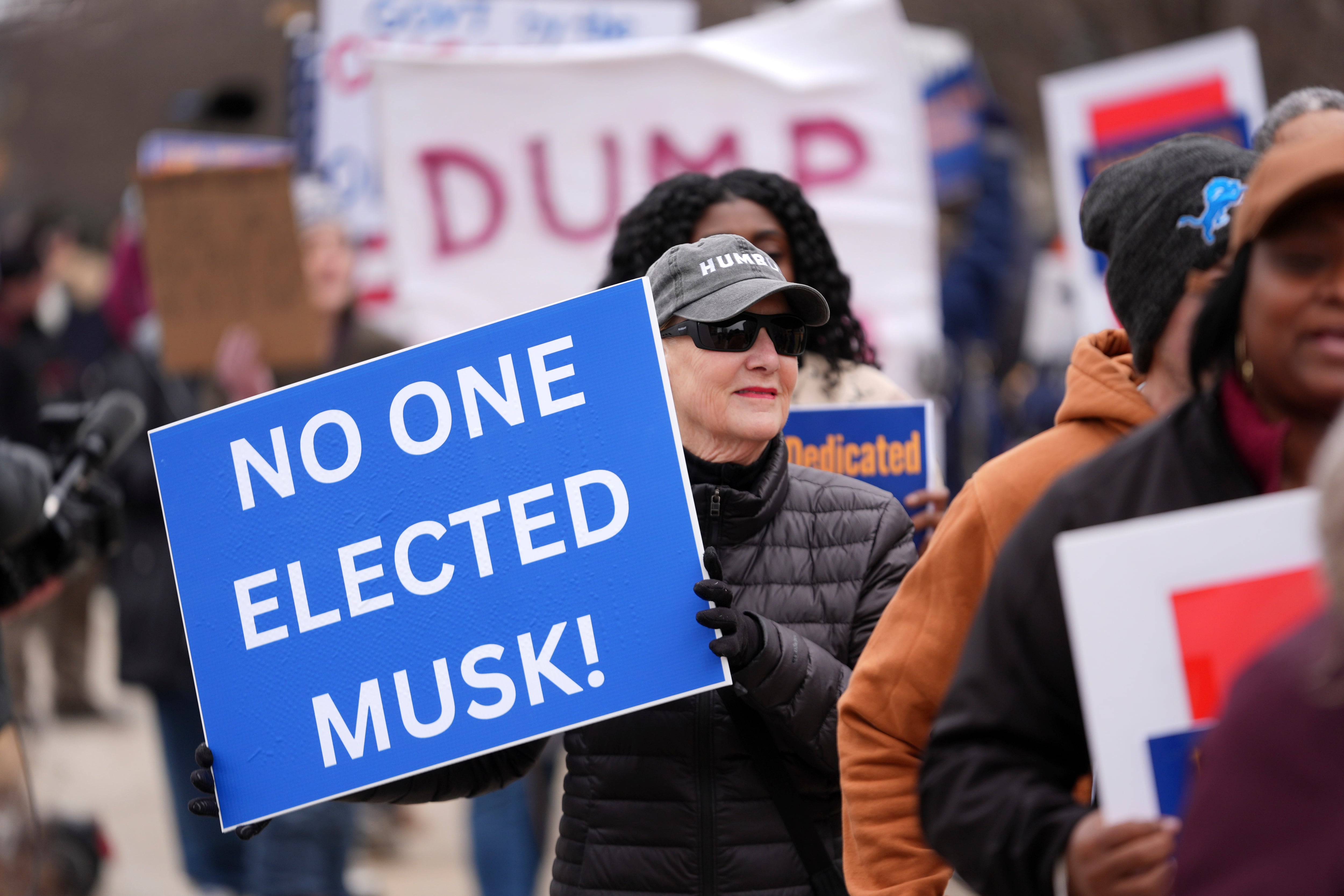WASHINGTON ― The Pentagon’s No. 2 civilian and uniformed officer gave a classified preview of President Donald Trump’s newly drafted nuclear weapons strategy to the Senate Armed Services Committee on Tuesday.
Exiting the closed briefing by Under Secretary of Defense for Policy John Rood and Joint Chiefs of Staff Vice Chairman Gen. Paul Selva at the Capitol, lawmakers were cagey, but generally expressed support. The strategy is expected to be released next month.
A leaked copy of the Pentagon’s upcoming Nuclear Posture Review calls for the development of a new low-yield warhead for America’s submarines, the creation of a new sub-launched, nuclear-capable cruise missile, and a shift in America’s stance on when nuclear weapons may be used.
The Department of Defense intends to either modify or create new low-yield nuclear warheads for submarine-launched ballistic missiles, which is not a current capability. That’s to counter the belief among potential adversaries, including Russia, that the U.S. nuclear arsenal is too devastating to ever be used.
Sen. Dan Sullivan, R-Alaska, who is an advocate for U.S. missile defense capability upgrades, said it’s crucial the document be public.
“That’s not just public for the American public ― it will be public for other countries to read,” Sullivan said. “So much of any nuclear deterrence policy relies on credibility.”
Sullivan had a range of concerns, about Russia’s shifting nuclear strategy and America’s missile defenses. But he was confident there’s bipartisan support in Congress for nuclear modernization.
“The modernization program looks like a hefty price tag … but as an overall percentage of the DoD budget, it’s not going to swallow it,” Sullivan said. “Nobody, as far as I can tell, has come out and said we don’t need to modernize our forces.”
Sen. Deb Fischer, the chairwoman of the SASC’s strategic forces panel, said she was pleased the review incorporated input from allies. In spite of the review’s new features, she saw it as maintaining the “standard approach [of] the last 70 years.”
“I think it recognizes the threats we face from a number of adversaries, and those threats have to be faced in different ways,” said Fischer, R-Neb.
Given the classified nature of the brief, Fischer was not explicit. However, Defense Secretary Jim Mattis publicly confirmed in September that the U.S. and South Korea have discussed employing tactical nuclear weapons as an option to defend against North Korea’s nuclear weapons program.
The acknowledgment from Mattis comes as the U.S. and international community grapple with increasingly aggressive nuclear weapons testing by North Korea.
“Increasing our military’s lethality and agility was rightly named a priority in the recently released National Defense Strategy, and the Nuclear Posture Review supports this vision by putting an emphasis on modernizing our weapons systems so we’re prepared to counter aggression by adversaries, such as North Korea or Iran, or near peer competitors, such as Russia and China,“ Sen. Joni Ernst, R-Iowa, said in a statement.
Speaking to reporters, Sen. James Inhofe, the chairman of the SASC’s readiness panel, raised the threats from North Korea, as well as competition from Russia and China, to make the case for increased spending on nuclear modernization and missile defense.
“If you’re sitting around watching a missile, you’ve got a minute and a half, it’s going to take out an American city, you don’t worry about the cost of that,” said Inhofe, R-Okla. “We’re at the point where we’re seeing a much greater threat than we have in the past — that has nothing to do with this meeting — that’s the reality.”
Aaron Mehta, of Defense News, and Tara Copp, of Military Times, contributed to this report.
Joe Gould was the senior Pentagon reporter for Defense News, covering the intersection of national security policy, politics and the defense industry. He had previously served as Congress reporter.





